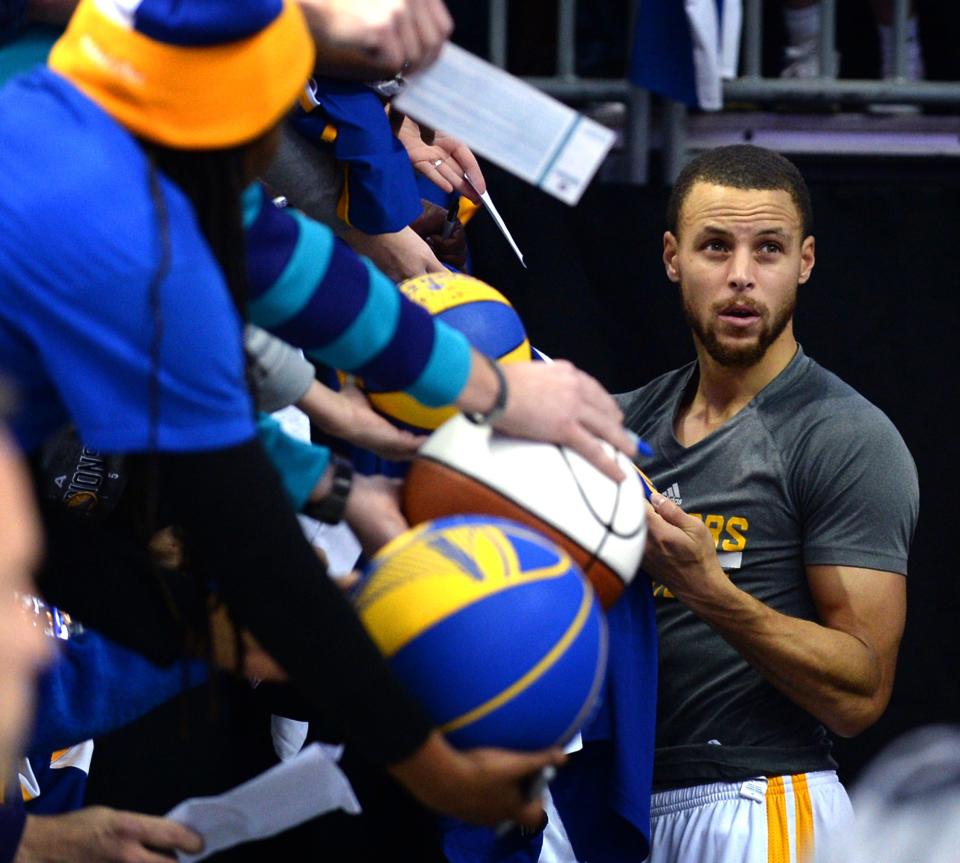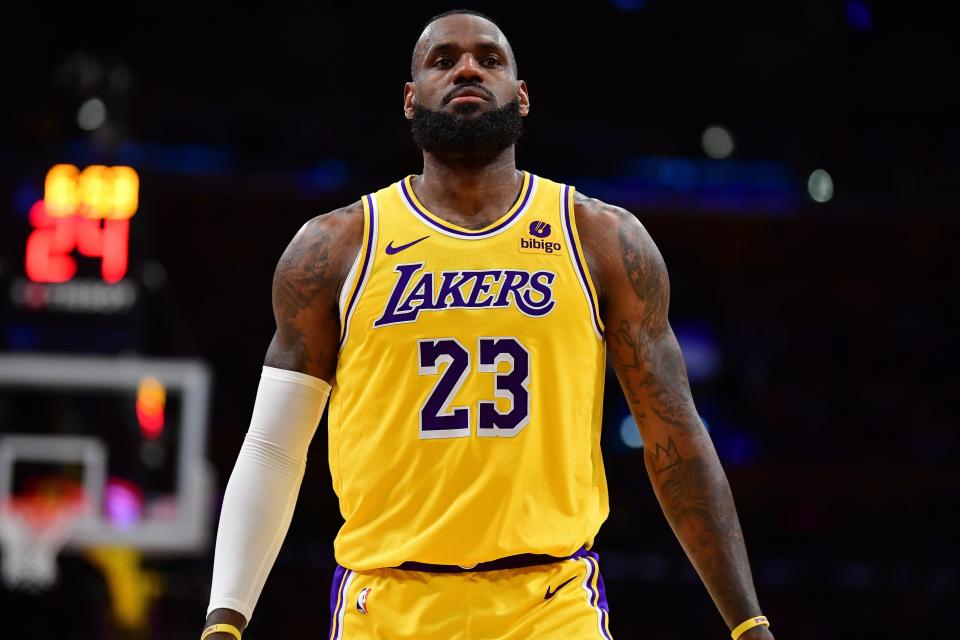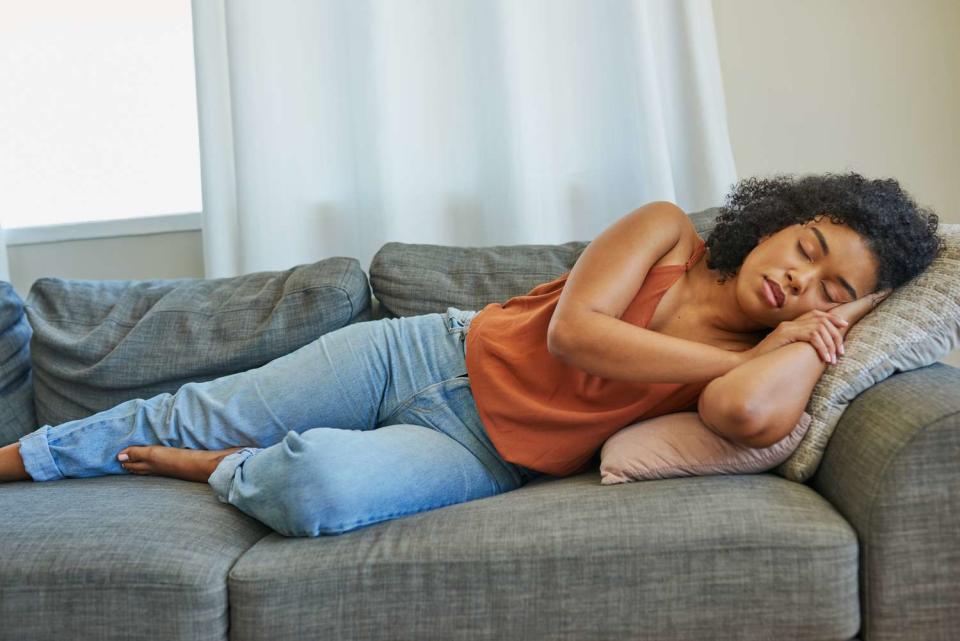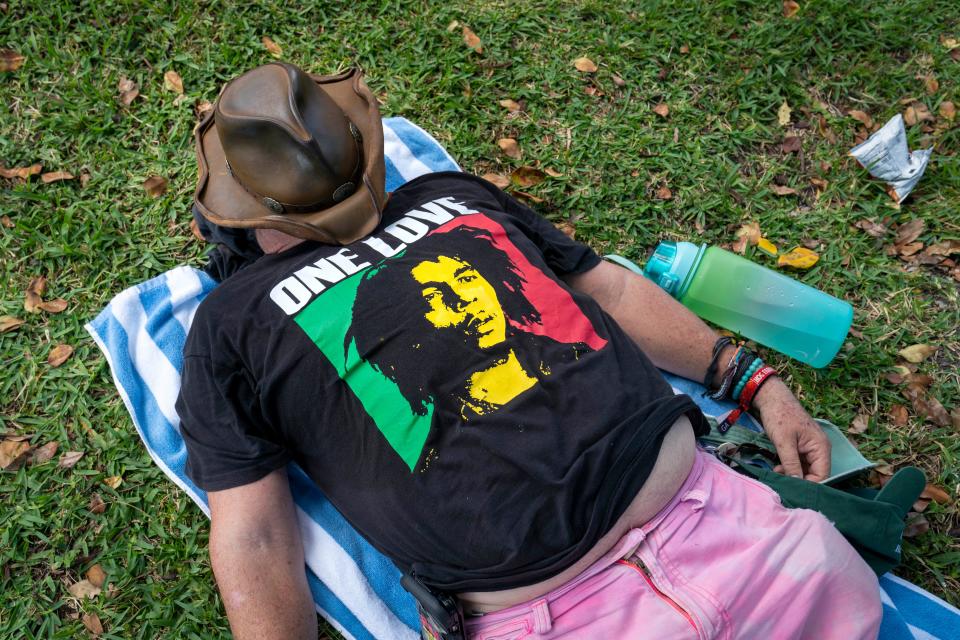NBA superstars have these game-day nap routines — and science says you should too
- Oops!Something went wrong.Please try again later.
- Oops!Something went wrong.Please try again later.
- Oops!Something went wrong.Please try again later.
- Oops!Something went wrong.Please try again later.
- Oops!Something went wrong.Please try again later.
We’ve been told since we were young that we need to get a good night’s sleep to be at our best the next day.
And while that’s certainly true, it turns out that catching a few quick zzz’s during the day can be equally beneficial.
In today’s fast-paced, sleep-deprived world, naps have become a critical part of many folks’ wellness plans.
That’s definitely the case for elite athletes. Daylight slumber in the hours prior to nighttime competition is often a built-in part of their pre-game routine.
And perhaps no group of athletes is more adamant about the importance of their naps than NBA players and coaches.

As GQ reported last year “there is no more cherished NBA tradition than the game-day nap. It’s been practiced for decades, by players and coaches alike.”
Yes, gone are the days of yesteryear when Michael Jordan famously claimed he slept no more than three or four hours a night and would often play a round of golf on game days.
Last month, at the outset of the NBA Playoffs, ESPN spoke to NBA superstars Steph Curry, Giannis Antetokounmpo, Anthony Davis and Jamal Murray about their game-day napping habits — and to a man, they said that, after their team’s game-day morning shootaround, getting in anywhere from 1.5 to 2.5 hours of sleep between 1 and 4:30 p.m. was a critical part of preparing to play.
“It’s non-negotiable,” said Curry.

In 2018 Lebron James told CNBC that while he tries to get eight, nine or even 10 hours of sleep nightly, when he doesn’t feel like he’s gotten enough rest, he’ll take a one- or two-hour break during the day to get in a nap.
Sleep scienceand the 20-minute 'power nap' v. 90-minute naps
The potential benefits of naps are highly personalized. What works for one person may not work for another.
That said, most experts believe that a daytime “power nap” of 20 to 30 minutes can help boost mood, memory, immunity, alertness and cognitive function.
According to the Sleep Foundation “in some cases, a longer nap of around an hour and a half may also be beneficial. This length of time allows the body to cycle through the stages of sleep and avoids interrupting deep sleep.”

Think of 20-30-minute naps as quick boosts of mental energy while 90-minute naps are more restorative.
Some napping advocates also suggest taking caffeine just before a nap. It might sound counterintuitive, but drinking caffeine just prior to lying down for your nap can have unexpected benefits.
That’s because caffeine requires around 20 minutes to travel through your digestive tract and bloodstream before reaching your brain.
One of the ways caffeine makes you feel more energetic is by displacing a chemical called adenosine — a substance that makes you feel tired.
Sleeping naturally clears adenosine from your brain.
More Health Matters: Swift shape up: How Taylor trained 'like a pro athlete' in preparation for Eras tour
So, after your quick power nap, when the caffeine reaches your brain and takes its full effect, there’s less adenosine for it to compete with — thus heightening its re-energizing effect.
Experts also recommend that naps be taken at least eight hours prior to one’s regular bedtime so as not to interfere with falling asleep at night. So if you normally go to sleep at 11:30 p.m., try to get in your nap by 3:30 p.m.
Falling asleep quickly is a skill
Numerous studies have attempted to quantify the benefits of napping on athletic performance. A 2020 article in Outside magazine noted that while the sleep “equation seems simple: you sleep because you’re tired, and the more tired you are, the more you sleep,” it’s actually not that straightforward.
A study by Loughborough University, working with the English Institute of Sport, and published in the European Journal of Sport Science, did napping comparisons of elite athletes, recreational athletes and non-athletes. They factored in such variables as each subject’s previous night’s sleep, overall sleep patterns and self-reported “sleepiness” at the time.
As Outside noted “the athletes got just as much sleep as the non-athletes, and reported virtually identical levels of sleepiness. They weren’t excessively tired — they were just really good at falling asleep. The researchers link this finding to a concept called ‘sleepability,’ which was first proposed in the early 1990s. Falling asleep quickly and easily is a skill, and some people are better at it than others.”
What kind of napper are you?

In a 2018 report, sleep researchers at the University of California came up with five different categories of napping — which they listed in the (very apropos!) acronym DREAM:
Dysregulative: Done to compensate for illness, (over)exertion, and/or out-of-sync Circadian rhythms (which often happens with nighttime shift workers).
Restorative: Happens after poor sleep or not enough sleep.
Emotional: Happens because of stress, anxiety and/or depression.
Appetitive: Done because it’s enjoyable, a habit, and the napper simply feels better after getting in his or her nap.
Mindful: Done to increase focus and alertness.
As a lifelong napper, I know that mine have, at one time or another, fallen into all the above categories.
I’m also heartened by the evolution of how society and the medical community view napping in general — especially when it comes to short (20-to-30 minute) and medium (90-minute) naps.
As Outside concluded in 2020 about the most positive findings of recent napping studies: “They suggest a shift in how we think about naps. They’re not necessarily a warning that you’re failing to take care of yourself, or drowning in sleep debt. Sometimes they’re a sign that your mind is at peace, your body is at rest, and you’re lucky enough to have a half-hour to spare in the middle of the afternoon.”
May we all be so fortunate to have that be our reason for napping.
This article originally appeared on Palm Beach Post: Maximize your napping game like these pro athletes do

